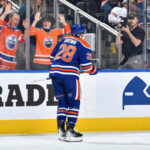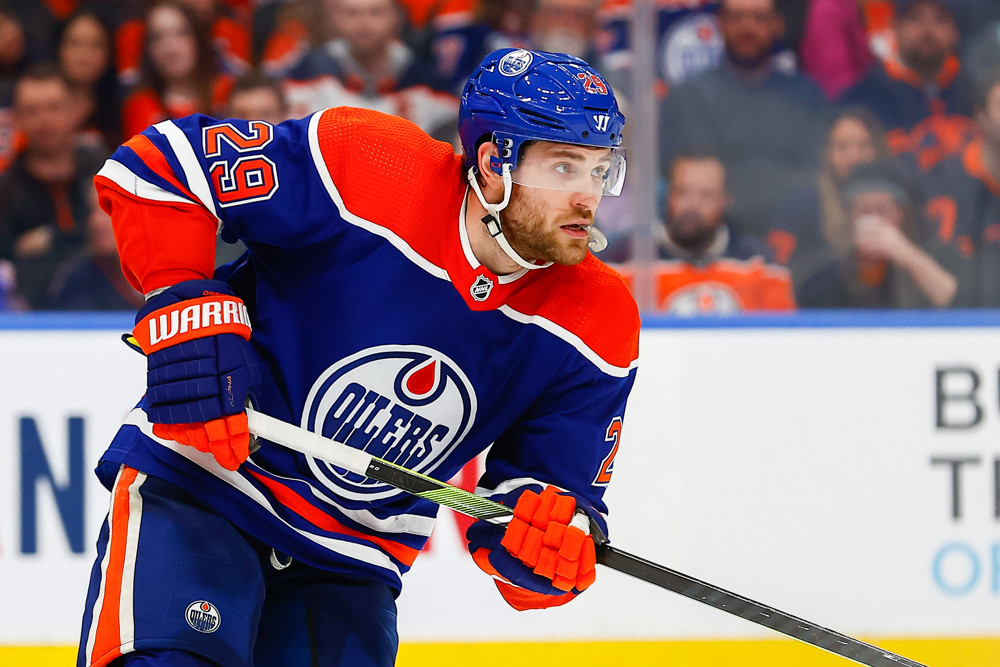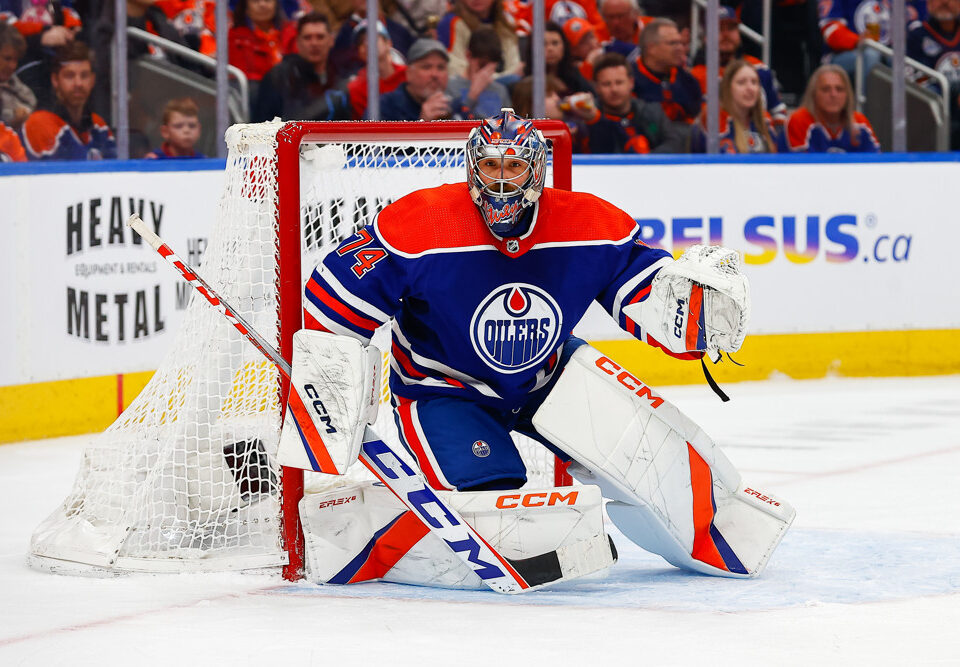
Oilers final home game this season has major playoff implications
April 15, 2025
Draisaitl wins first “Rocket” Richard Trophy
April 18, 2025April 17, 2025 by Josh Boulton
NHL fans have been divided in the aftermath of an April 12th fight between Yakov Trenin of the Minnesota Wild and Derek Forbort of the Vancouver Canucks. At the conclusion of the altercation, Forbort was laying on the ice on his back with Trenin on top of him. Trenin pushed himself up to a kneeling position, cocked his hand back, and punched the defenceless Forbort hard in the face just before the linesmen were able to fully cover him. Canucks head coach Rick Tocchet later announced Forbort suffered a broken orbital bone from the punch.
The NHL’s Department of Player Safety (DOPS) didn’t issue a fine or suspension to Trenin, sparking debate around the hockey world about fighting in hockey, respect for an opponent, and “the code”. Something about this feels like there should have been more punishment, especially given the seriousness of the resulting season ending injury. There’s just one problem: the NHL rulebook doesn’t care about your feelings. The officials on the ice can only go with the options as they’re written, and the DOPS can only follow up if the rulebook allows it. Does the rulebook even give them the option to suspend?
Under NHL Rule 46 – Fighting, aside from the automatic five minute major penalty given to participants, there’s extra separate penalties for being the instigator of an “altercation”, and being the aggressor of an altercation. In simple terms, the instigator of an altercation is any player who forces a fight to happen, and the aggressor is any player who refuses to accept it’s over.
Rule 46.2 – Aggressor states in part: …A player must be deemed the aggressor when he has clearly won the fight but he continues throwing and landing punches in a further attempt to inflict punishment and/or injury on his opponent who is no longer in a position to defend himself.
As for penalties to be issued under this same rule: A player who is deemed to be both the instigator and aggressor of an altercation shall be assessed an instigating minor penalty, a major penalty for fighting, a ten-minute misconduct (instigator) and a game misconduct penalty (aggressor).
According to the announcement in the arena and the Gamecenter data on the NHL app, the penalties issued to Trenin were as follows: a two minute minor penalty for unsportsmanlike conduct (presumably for being the instigator), a five minute major penalty for fighting, and a ten minute game misconduct, which I presume to be an accidental combination the ten minute misconduct (instigator) and the game misconduct (aggressor). The on ice officials did use the maximum letter of the law they could, and got it absolutely right. So why was there no follow up by the DOPS?
The answer lies in NHL Rule 46.17 Fines and Suspensions – Aggressor – (see 46.2) which states:
A player who is deemed to be the aggressor for the third time in one Regular season shall be suspended for the next two regular season games of his team. For the fourth aggressor penalty in the same Regular season, the player will be suspended for the next four games of his team. For the fifth aggressor penalty in the same Regular season, the player will be suspended for the next six games of his team.
According to its own rulebook, the NHL can’t suspend Trenin until he’s broken at least two additional orbital bones. And even then, he’d only be suspended for two games. This opens the door for any player to break three faces, to end three seasons, for the comically low cost of two measly games.
This seems especially outrageous considering two days after this incident the DOPS issued a two game suspension to Paul Cotter of the New Jersey Devils for an illegal check to the head of New York Islanders defender Adam Pelech. Does the NHL want to be tough on all avoidable head injuries or not?

